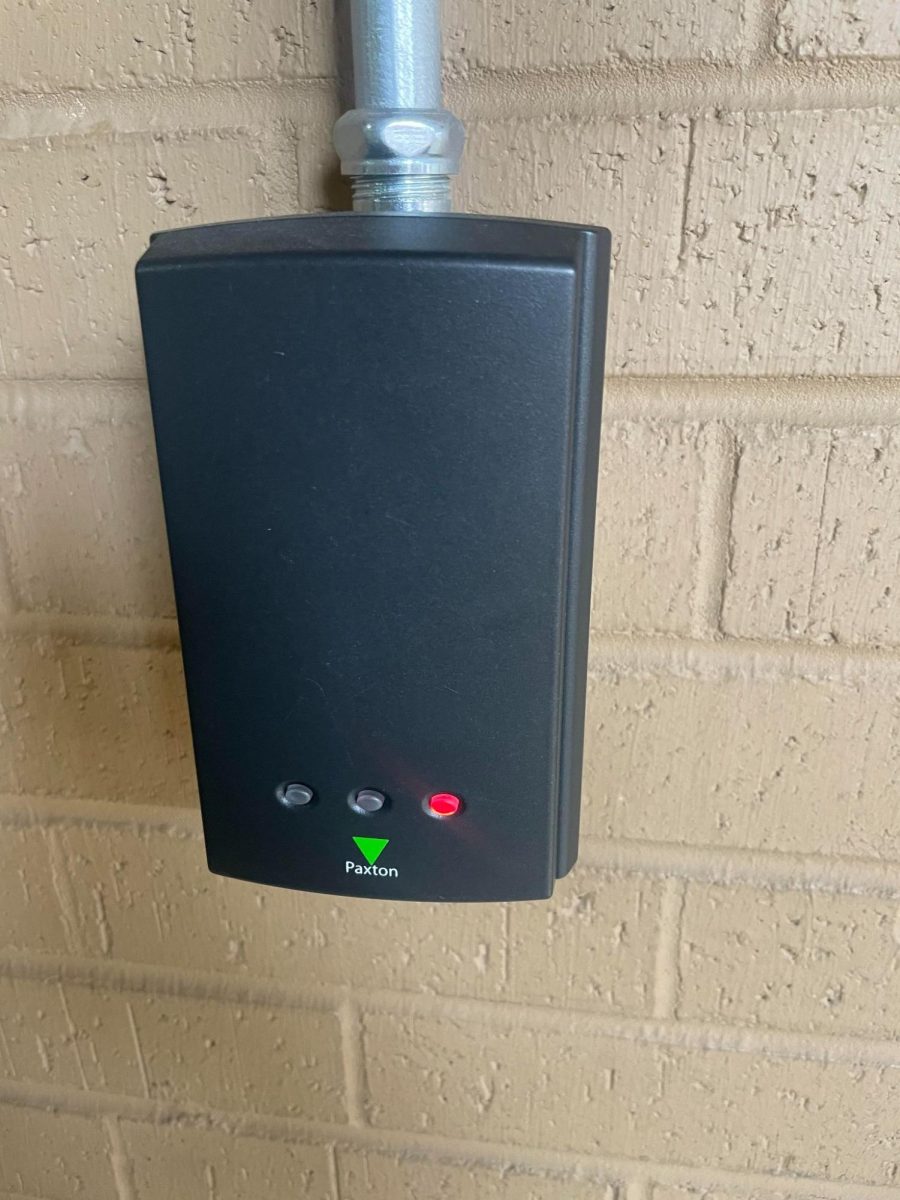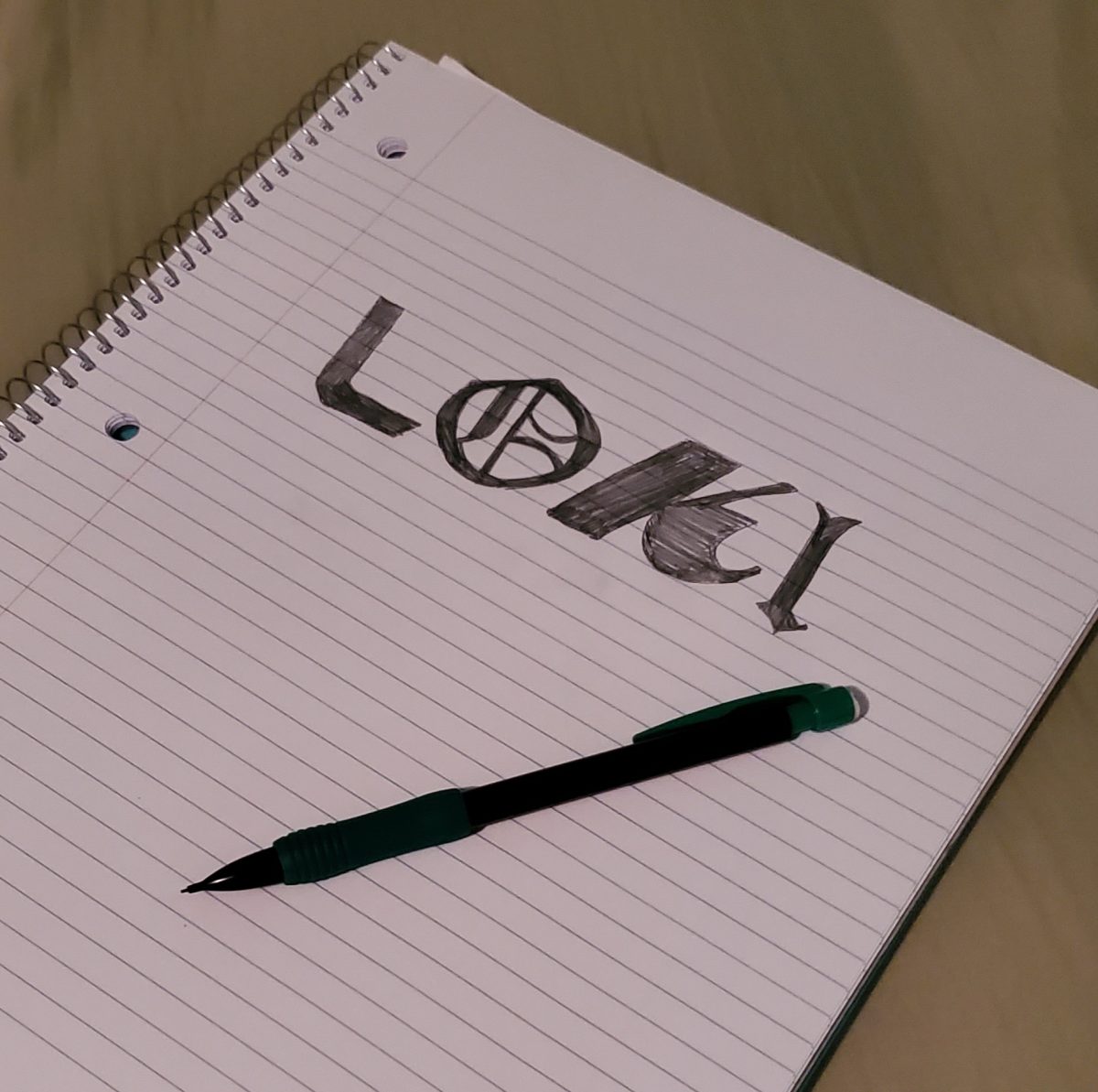Stopping Climate Change is Possible, but What is Holding us Back?

March 1, 2019
The “Green New Deal” is a movement attempting to reduce carbon emissions across the globe before irreversible damage is done. This sounds great on paper, who wouldn’t want to stop toxic fumes?
Well, probably the billion dollar industry of oil and coal. The Green New Deal is pushing towards limiting the use of gasoline and other pollutionary items, with great pushback from the companies. “The evidence the climate is changing is becoming so overwhelming people are seeing it in their regions and in their lives,” said John P. Holdren, an ecological scientist. The Green New Deal is setting a goal of having a carbon-neutral country by 2030. “Unfortunately, this is not feasible. There is hope of 2045 or 2050 if we get started now,” said Holdren. But what would we have to do to start?
An infrastructure investment would be $25 to $30 trillion dollars, meaning that the US would have to spend a massive amount of government spending and disrupt existing jobs. Many speculate that the renewable energy plants would create jobs, which is not unreasonable. Carbon taxes, taxes which would charge against fumes radiated from cars, could be set in place, but this could cause the nationwide price of living to go up. Carbon taxes could also help push some people to obtain electric cars, which would also help the environment. But how many emissions is the building process for these cars going to release? Steel frames that would help with infrastructure would cost the coal and oil it is trying to replace. There would be a massive amount of CO2 released just by building all of the structures that would be made to stop climate change. Many environmentalists say that the hurdles and details of the plan are less important than the goals of the project, but at the rate that we are poisoning the Earth, a question must be answered: How much is the future worth?






























